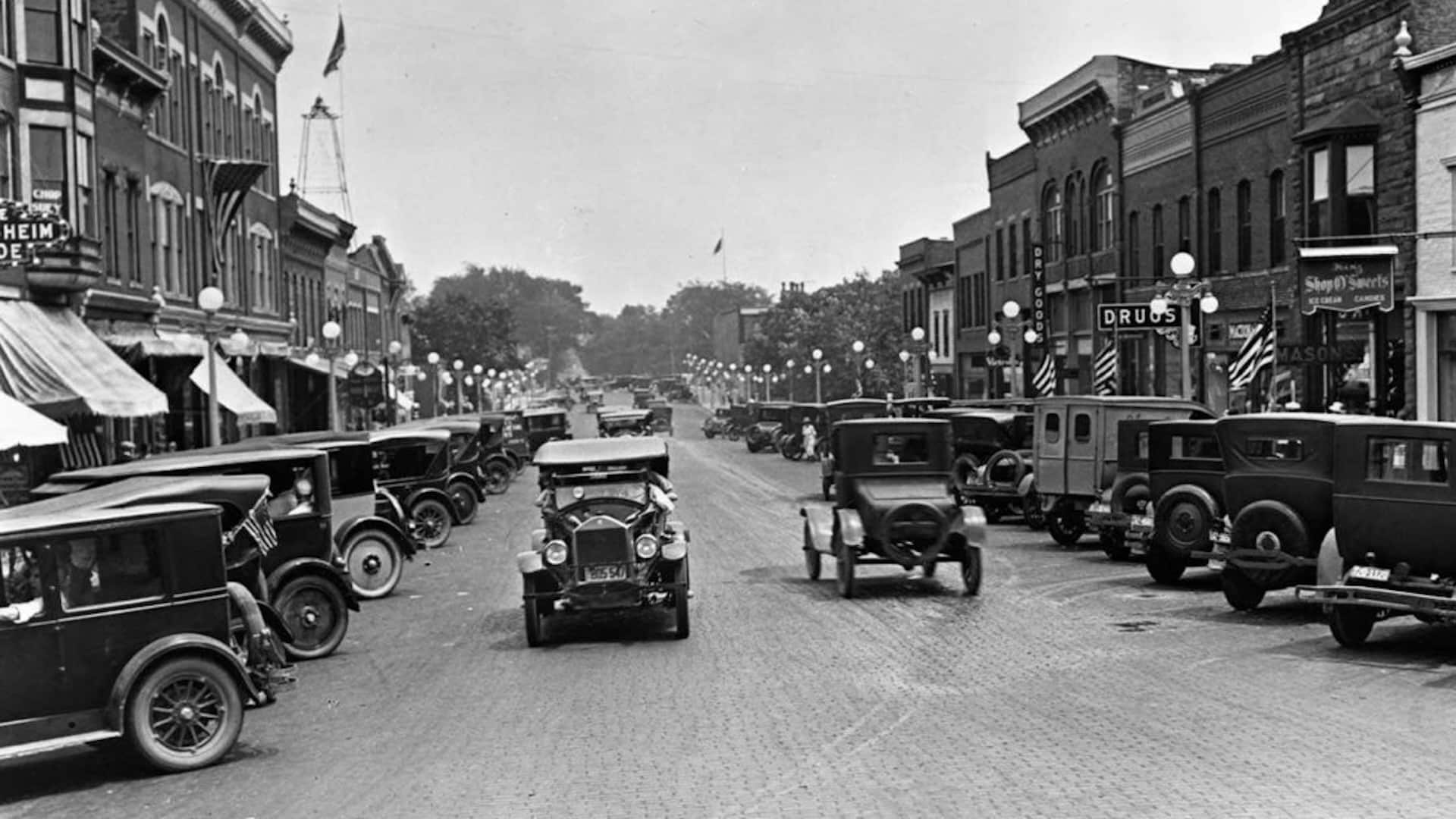Our beautiful inn was built in 1883 by a former Civil War Captain. The 1880s were a transformative period for the Midwest, particularly in the regions surrounding Lake Michigan, including Southwest Michigan, Illinois, Indiana, and Ohio. This decade saw numerous developments that shaped the region’s future, from advancements in infrastructure to cultural milestones.
The Expansion of Railroads
One of the most transformative events of the 1880s was the expansion of the railroad network. The Michigan Central Railroad and other rail lines extended their reach into more rural areas, connecting small towns with larger cities like Chicago, Detroit, and Cleveland. This expansion facilitated easier travel and boosted local economies by linking farmers and businesses to broader markets. The increased accessibility helped towns across the region flourish, setting the stage for future growth.
Agricultural Innovations
The Midwest, known for its fertile lands, saw significant advancements in farming techniques and tools during the 1880s. The introduction of more efficient plows, harvesting equipment, and crop rotation practices enabled farmers to increase their productivity. This period also marked a rise in specialized farming, such as apple and grape cultivation in Southwest Michigan and corn and soybean farming in Illinois and Indiana. These innovations improved the livelihoods of local farmers and solidified the region’s reputation as an agricultural powerhouse.
Industrial Growth and Urbanization
The 1880s were also a time of industrial growth and urbanization. Cities like Chicago and Detroit experienced rapid industrialization, becoming major hubs for manufacturing and trade. This industrial boom attracted a diverse workforce, contributing to the cultural and economic dynamism of the region. The rise of factories and urban centers provided new job opportunities and spurred the development of infrastructure, including roads, bridges, and public transportation systems.
Education and Culture
Education took a leap forward in the 1880s with the establishment of new schools and educational programs across the Midwest. Universities and colleges expanded their curricula and facilities, attracting students from across the state and beyond. Meanwhile, local libraries and cultural societies flourished, reflecting a growing emphasis on literacy and cultural enrichment.
In the arts, the 1880s were notable for the burgeoning interest in theater and music. Community theaters and concert halls began to sprout in cities and towns, offering performances that ranged from Shakespearean plays to contemporary works. This cultural boom provided a source of entertainment and education, enriching the lives of Midwestern residents.
Social and Civic Developments
The decade also saw significant social and civic developments. Women’s suffrage movements gained traction, with advocates pushing for greater rights and representation. Civic organizations and clubs, such as the Grange, played crucial roles in community building and advocacy for agricultural and social reforms.
Public health initiatives were also on the rise. Efforts to improve sanitation and combat infectious diseases were underway, with local governments investing in cleaner water supplies and better waste management systems. These measures were vital in improving the overall health and well-being of the community.
Natural Disasters and Challenges
The Midwest was not without its challenges in the 1880s. The region faced several natural disasters, including severe storms, droughts, and harsh winters that damaged crops and property. Despite these adversities, the resilience of the community shone through as residents banded together to rebuild and support one another. These challenges highlighted the strong sense of community and the pioneering spirit that characterized the region.
Life in South Haven, Michigan in the 1880s
In the 1880s, South Haven, Michigan, was a bustling lakeside town known for its scenic beauty and growing economy. Nestled on the shores of Lake Michigan, South Haven was a hub for shipping and commerce, with its port playing a crucial role in the transportation of goods. The town’s picturesque beaches and lush landscapes made it a popular destination for tourists seeking respite from city life. Local businesses thrived, and the community was marked by a strong sense of camaraderie and pride in their burgeoning town. The blend of natural beauty and economic opportunity made South Haven a unique and vibrant place to live during this transformative decade.
Conclusion
The 1880s were a pivotal period for the Midwest, marked by growth, innovation, and community spirit. From the expansion of the railroads and advancements in agriculture to industrial growth and cultural enrichment, the events of this decade played a crucial role in shaping the region’s future. As we look back on this remarkable era, it’s clear that the foundations laid in the 1880s continue to influence and inspire the vibrant communities surrounding Lake Michigan today.
For more South Haven history, check out SouthHaven.org

